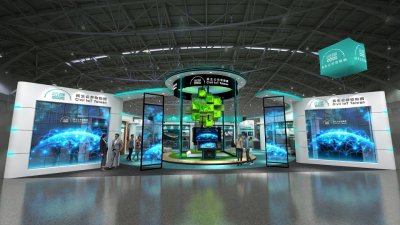
Civil IoT Taiwan
Civil IoT Taiwan is part of the government’s Forward-looking Infrastructure Development Program under the Digital Construction initiative. With the collaborative efforts of the National Science Council, Ministry of Environment, Ministry of Economic Affairs, Ministry of Agriculture, Ministry of Transportation, Ministry of the Interior, Ministry of Digital Affairs, and Academia Sinica, the project is jointly executed across departments, prioritizing four key areas: air quality, water resources, earthquakes, and disaster prevention and response. By leveraging artificial intelligence and IoT technologies, various smart living services are developed to assist the government and the public in jointly addressing the challenges brought by environmental changes. By combining the innovative power of industry, academia, and research, the project aims to develop the IoT industry ecosystem and export solutions internationally.
The Smart Dust Sensor
Solution Description
The Smart Dust Sensor technology is an innovative solution for integrating IoT networks into air quality monitoring. Developed collaboratively by the National Science and The National Science and Technology Council (NSTC), in collaboration with Taiwan Instrument Research Institute (TIRI) and Taiwan Semiconductor Research Institute (TSRI) of NARLabs, and leading academic teams in Taiwan, this technology has successfully miniaturized gas sensors while achieving low power consumption and high sensitivity. Its core features include exceptional sensitivity and stability, enabling real-time monitoring of multiple gases. Moreover, the fully domestically developed technology reduces dependence on imports and offers cost-effective sensor modules, driving the widespread adoption of air quality monitoring devices.
The Smart Dust Sensor has undergone extensive field testing and third-party certifications across various applications. These include environmental monitoring stations (e.g., Taichung Dali Station), public recreational areas (e.g., odor monitoring in public restrooms), and industrial settings (e.g., semiconductor facilities and wastewater treatment plants). With its proven accuracy, reliability, and traceable data, the technology plays a key role in advancing air quality monitoring solutions, facilitating the development of smart cities, and contributing to improved environmental management.
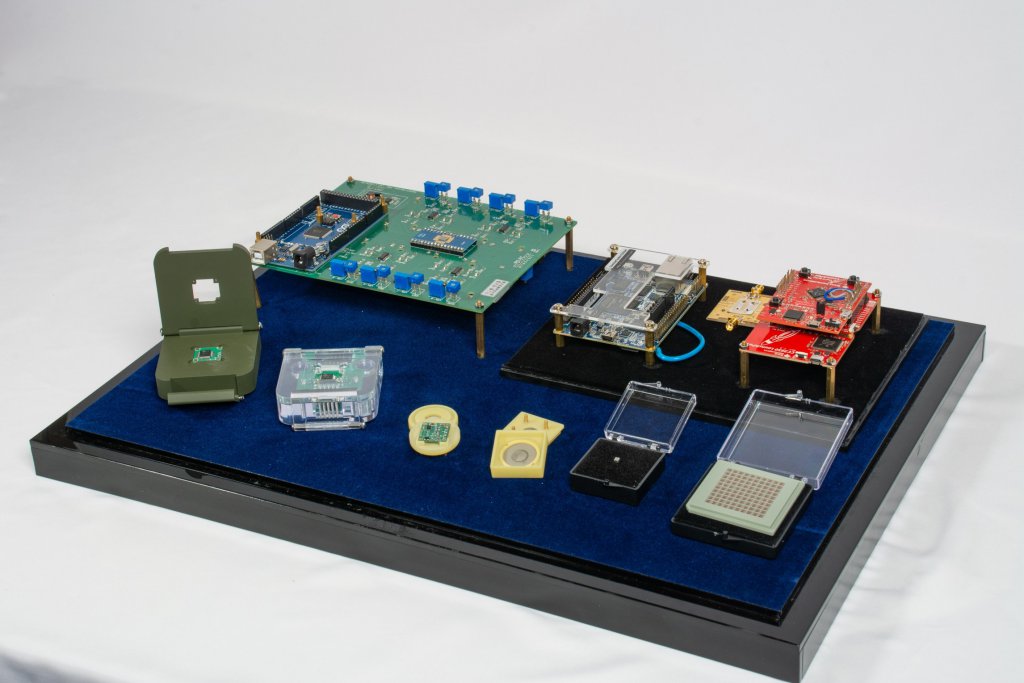
Download
Solutions
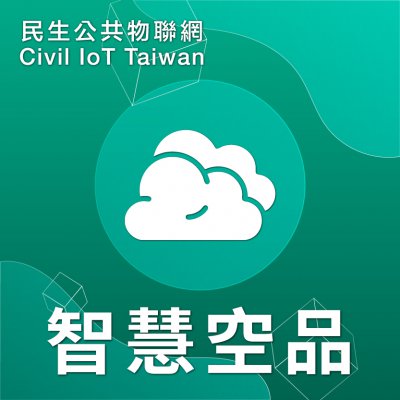

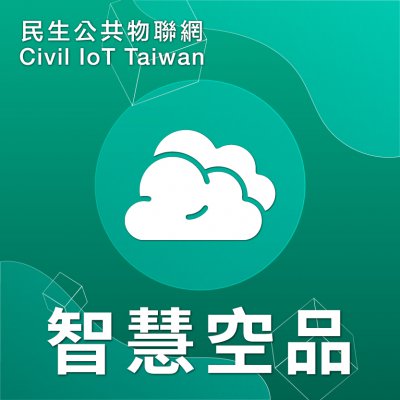

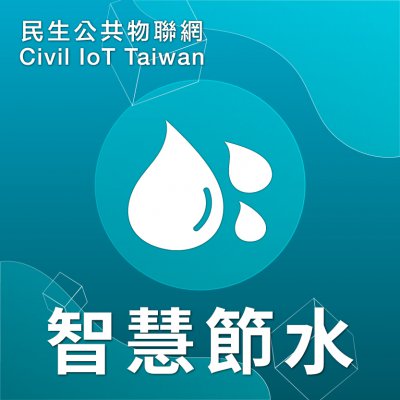

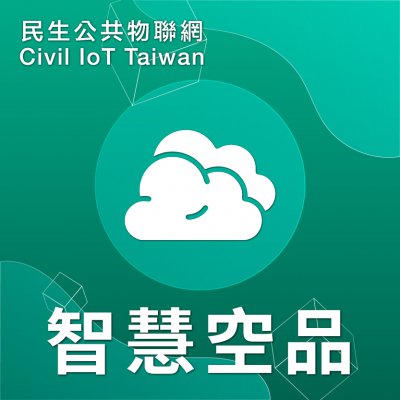

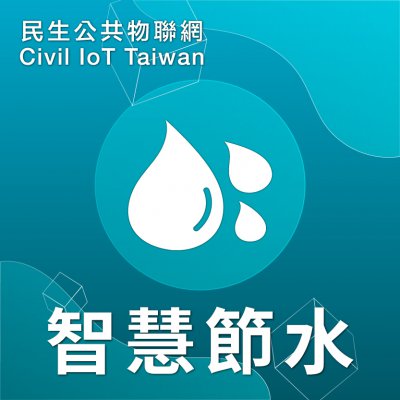

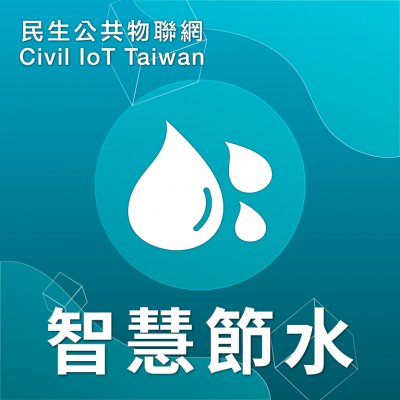

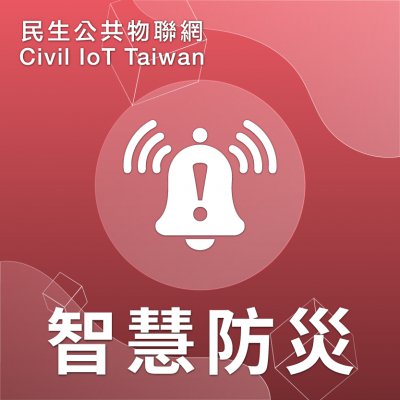

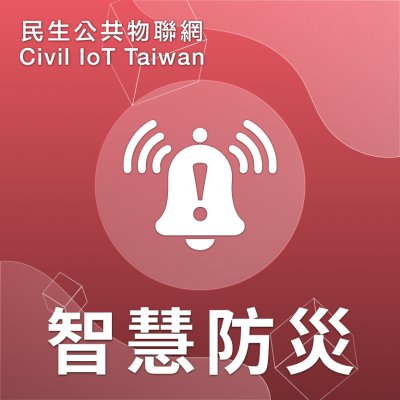

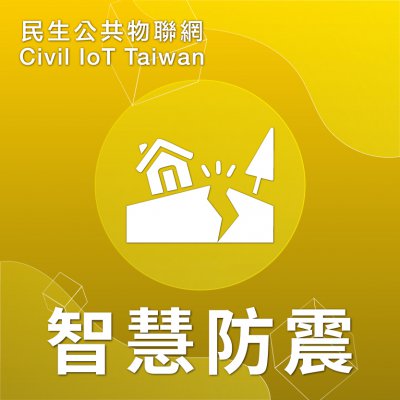

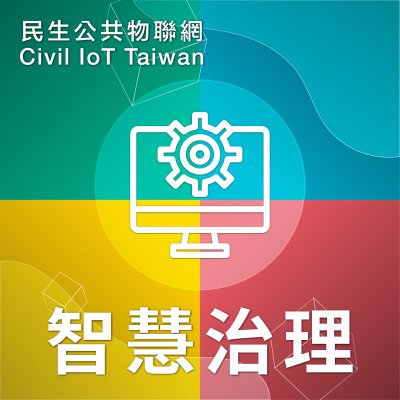

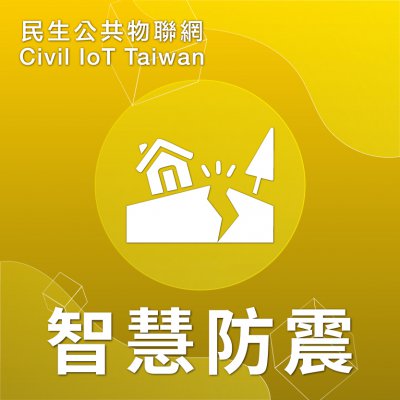




 、Firefox
、Firefox  、Edge
、Edge  瀏覽器!
瀏覽器!